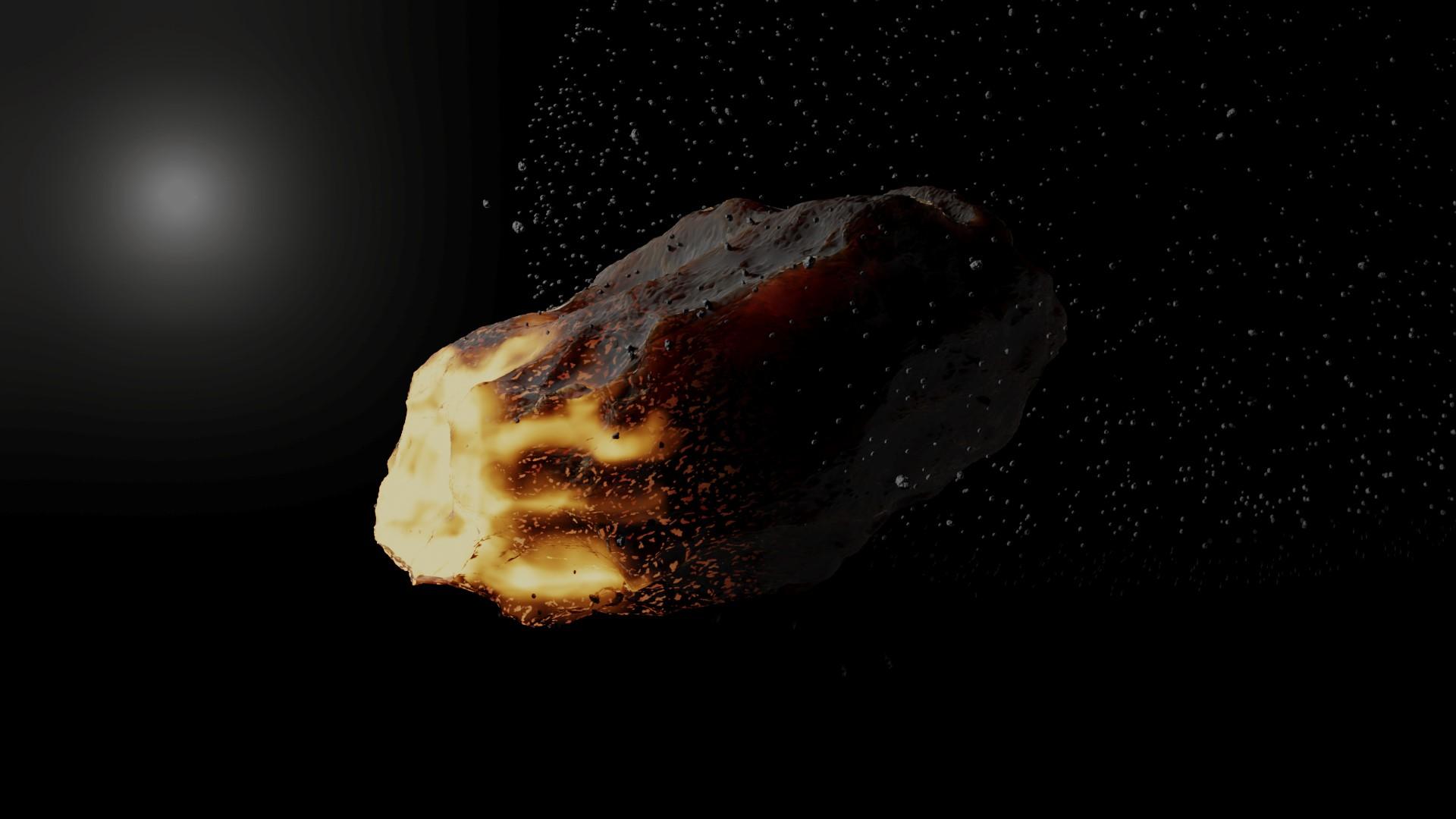
Submitted by Selen Etingü on Mon, 19/02/2024 - 15:59
Cosmic dust fertilization of glacial prebiotic chemistry on early Earth
Craig R. Walton, Jessica K. Rigley, Alexander Lipp, Robert Law, Martin D. Suttle, Maria Schönbächler, Mark Wyatt & Oliver Shorttle
Image Credit: Dr Jonny Itcovitz (IOA, University of Cambridge)
Abstract
Earth’s surface is deficient in available forms of many elements considered limiting for prebiotic chemistry. In contrast, many extraterrestrial rocky objects are rich in these same elements. Limiting prebiotic ingredients may, therefore, have been delivered by exogenous material; however, the mechanisms by which exogeneous material may be reliably and non-destructively supplied to a planetary surface remains unclear. Today, the flux of extraterrestrial matter to Earth is dominated by fine-grained cosmic dust. Although this material is rarely discussed in a prebiotic context due to its delivery over a large surface area, concentrated cosmic dust deposits are known to form on Earth today due to the action of sedimentary processes. Here we combine empirical constraints on dust sedimentation with dynamical simulations of dust formation and planetary accretion to show that localized sedimentary deposits of cosmic dust could have accumulated in arid environments on early Earth, in particular glacial settings that today produce cryoconite sediments. Our results challenge the widely held assumption that cosmic dust is incapable of fertilizing prebiotic chemistry. Cosmic dust deposits may have plausibly formed on early Earth and acted to fertilize prebiotic chemistry.
To read the full article please go to link.
